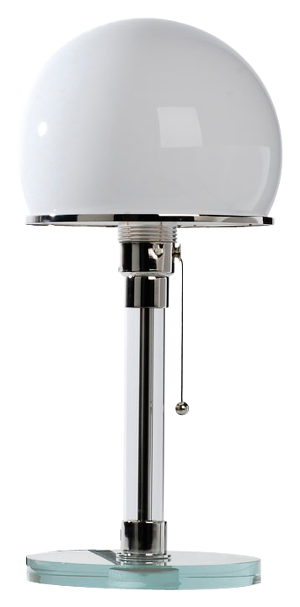 Bauhaus-Archiv Berlin.jpg?w=950&h=950&c=0)
Otti Berger at her work table, photo: unknown, around 1931, Bauhaus-Archiv Berlin
Revisiting the legacy of the textile designer Otti Berger
Weaving for Modernist Architecture
The artist and art scholar Judith Raum has been working together with the Bauhaus-Archiv Berlin since August 2020 to reassess the works of Otti Berger. Over the course of several artistic research projects highlighting the textile workshop at the Bauhaus, Judith Raum has become a specialist in Otti Berger’s artistic legacy. In her current research project, she focuses on presenting Berger’s textile works from an artisanal and entrepreneurial perspective. In close dialogue with numerous international experts, Judith Raum investigates the functions of the fabrics, critically contextualises Berger’s designs and ultimately breathes new life into her textiles by means of photography.
As a self-employed woman artist in the bustling metropolis of Berlin of the early 1930s, Otti Berger created fabrics which radically changed people’s notions of what textiles could be and do. She produced curtains, rugs, floor coverings and upholstery designs in close collaboration with architects of the New Building style, such as Ludwig Hilberseimer and Hans Scharoun. She designed fabrics that appealed to the demands of modern consumers, and in so doing, redefined the interplay of aesthetics and function – with fascinating results that are still impressive to us today for their aesthetic and functional qualities.
An upcoming book entitled Weaving for Modernist Architecture (Hatje Cantz Verlag, 2024) presents a comprehensive overview of Otti Berger’s extensive estate dispersed around the world, including items from the Bauhaus-Archiv collection. It will be the first publication ever to highlight the complexity and beauty of her fabrics and underscore the oversized role that textiles played in the New Building style of the 1920s and 1930s. This relationship has hardly been acknowledged in contemporary architectural and design history. The publication also includes a collection of Berger’s impressive writings about textiles.
Otti Berger (1898-1944) was one of the most influential woman textile designers of the 20th century. Born in Zmajevac, Croatia, which at the time belonged to the kingdom of Hungary, Ottilija Ester Berger attended the School of Arts and Crafts in Zagreb from 1921 to 1926, before enrolling at the Bauhaus in Dessau in 1927. After completing her training programme and working for a time as an instructor at the Bauhaus, she launched her freelance career in Berlin in 1932. She designed fabric collections for modern interior design throughout Europe. In 1936, she was banned from working professionally on account of her Jewish faith. Her attempt to escape to England and the United States failed. In 1944, she was arrested in Croatia and deported to Auschwitz where she was murdered.
Otti Berger. Weaving for Modernist Architecture
An installation by Judith Raum at the temporary bauhaus-archiv
15 March - 24 August 2024
